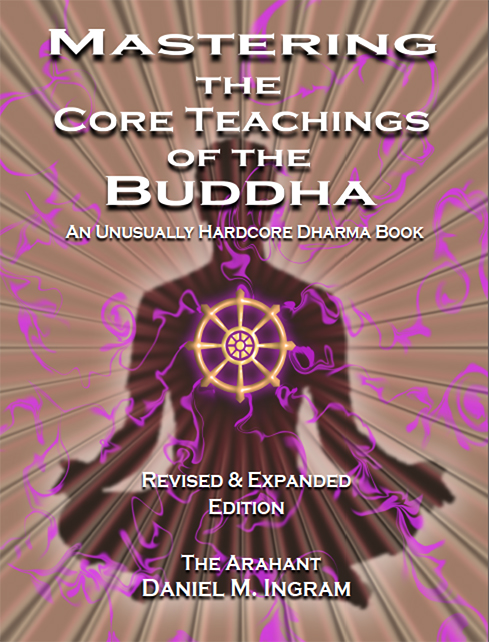37. Models of the Stages of Awakening
← Part V: Awakening | General Problems with Current Models →
Before I discuss the various models, I should begin by saying that this is almost certainly the most easily misconstrued chapter in this book. Further, if you are a big fan of standard Buddhist dogmas, I strongly recommend that you stop reading this chapter now and skip ahead to other sections of this book. Seriously, I’m about to get quite irreverent again, but in that irreverence are bits of wisdom regarding the models of awakening that are hard to find so explicitly stated elsewhere.
In the ongoing “axes of development” theme, this chapter will discuss various beneficial perceptual and functional modifications and insights you can realize about the way reality manifests. I am also going to talk about a lot of the traditional models found in various forms of Buddhism, but before I do, I want to talk about models in general, particularly their general uses and problems. We have already seen a lot of this with the progress of insight, but it is more important in this chapter, as the progress of insight is in many ways very straightforward (in other ways not so much), but it is a wonder of straightforwardness in comparison with the models that deal with stages of what might be termed realization, enlightenment, awakening, etc., which have serious problems. While I am generally known as a “map guy”, I think that most of the maps of awakening are seriously problematic, and I find that only a few contain some degree of accuracy and have some degree of practical value.
← Part V: Awakening | General Problems with Current Models →

